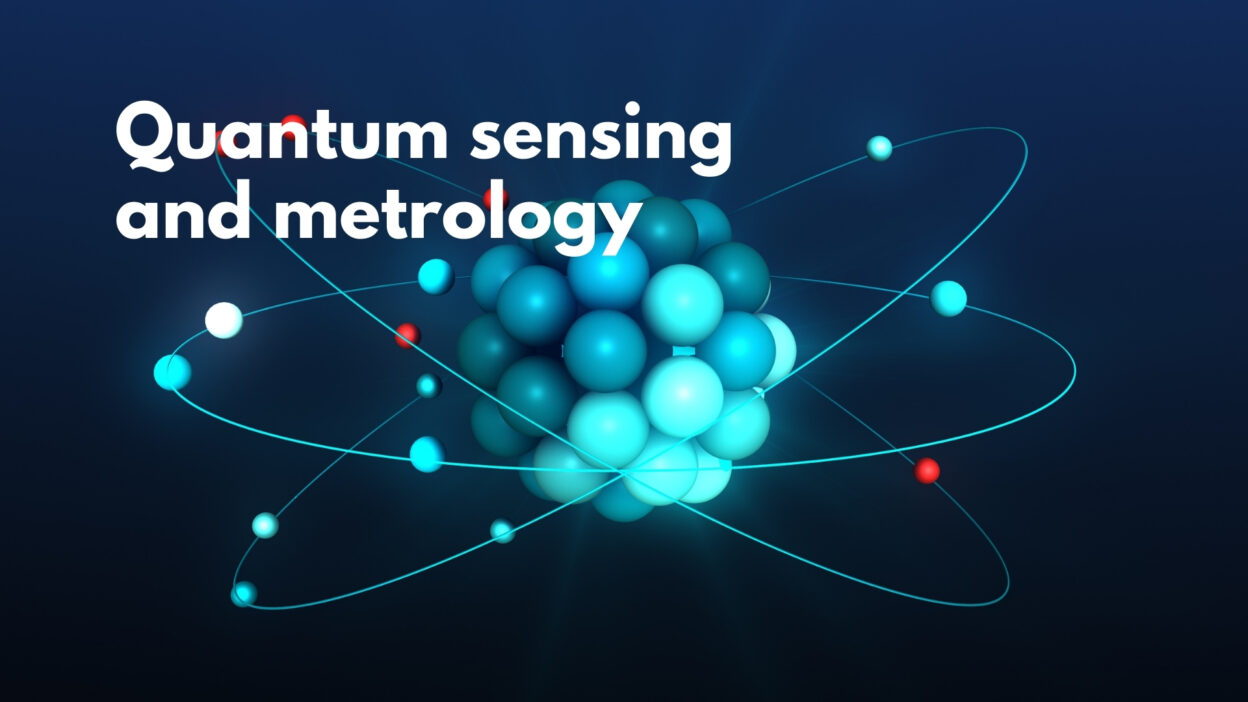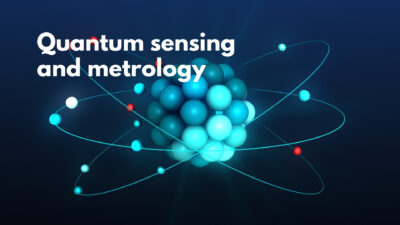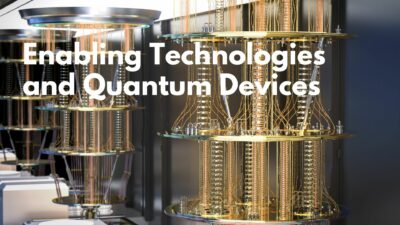This article explores how Einstein’s theories of relativity—both special and general—have been tested over time using highly accurate atomic clocks. These experiments have confirmed that time moves more slowly for objects moving at high speeds (special relativity) and in stronger gravitational fields (general relativity). One of the most famous real-world applications of these effects is the Global Positioning System (GPS), where satellites must account for both types of time dilation to provide accurate location data.
Scientists continue to push the boundaries of these tests with new experiments. One involves placing ultra-precise atomic clocks on the International Space Station, where they will run faster than clocks on Earth due to weaker gravity. Another experiment plans to compare a clock at the top of Mount Blue Sky with one in a lab in Boulder, Colorado. This test, expected in 2025, will use optical lattice clocks and a height difference of nearly three kilometers to examine gravitational time dilation with unprecedented accuracy. These experiments aim to further confirm Einstein’s theories and could reveal new insights into the relationship between gravity and time.
Source: https://www.nist.gov/atomic-clocks/a-powerful-tool-for-science/putting-einstein-test
Keywords: time dilation, atomic clocks, gravitational effects




